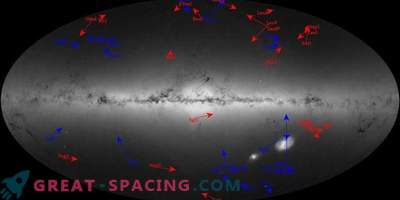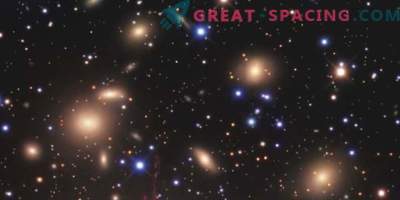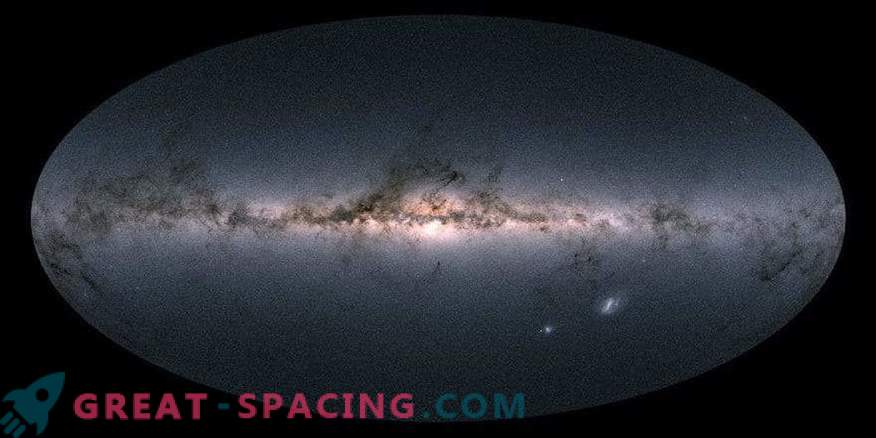
Since the birth of modern astronomy, scientists have tried to learn as much as possible about the Milky Way with its structure, process of formation and evolution. We now know that our galaxy spans 100,000–180000 light years, containing 100–400 billion stars (perhaps 1 trillion).
However, decades of research and reviews have failed to answer many questions. For example, scientists still do not know the exact massiveness of the Milky Way. In the latest study, astronomers tried to introduce a new method of galactic weighing, based on the dynamics of satellite galaxies.
The Milky Way Mass is a fundamental assessment for understanding astrophysics. In addition, it is important from the point of view of the location of our galaxy in the context of the general galactic population. In addition, it plays a significant role in solving some of the greatest mysteries that arise in modern astrophysical and cosmological theories.
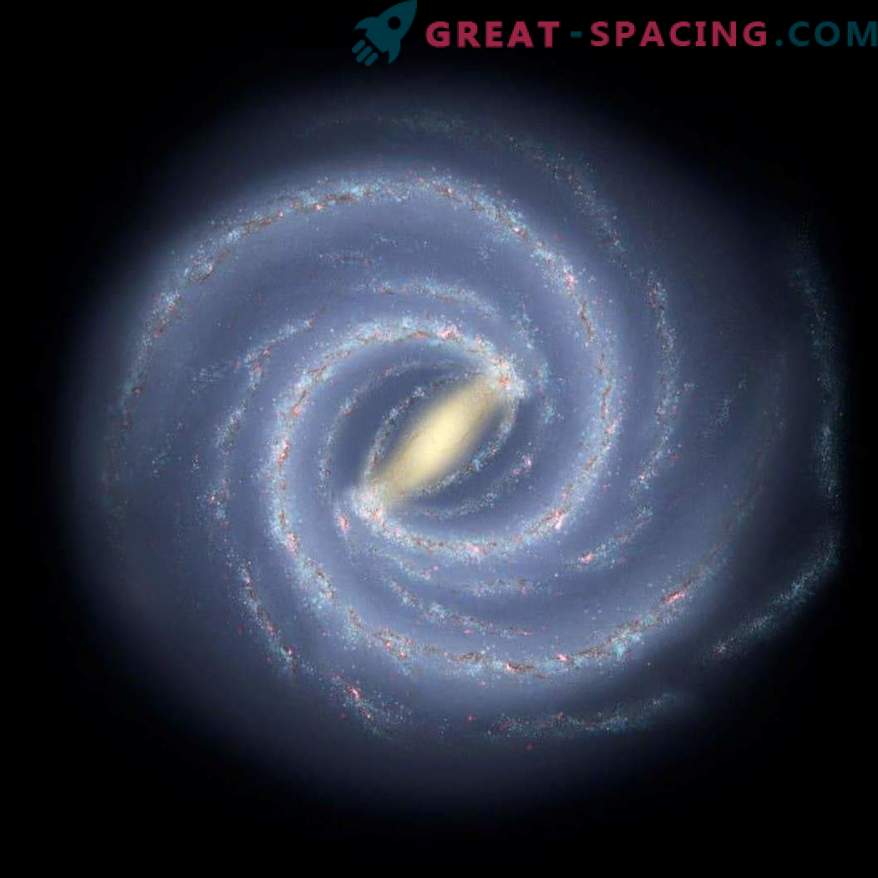
Artistic vision of the Milky Way galaxy
These include nuances of the galactic formation, discrepancies with the current Lambda model of cold dark matter and the scale structure of the Universe. It was also hindered by the fact that the dark matter halo cannot be observed directly. There is another important point. It is difficult to measure the weight of the galaxy in which you personally live. As a result, early estimates reached from 500 billion to 2.5 trillion. times the sun mass. The bottom line is that most of the galaxy falls on the dark matter halo, which cannot be measured. We have to derive these properties through observations of various dynamic indicators that sense the gravitational influence of dark matter, such as stellar populations, globular clusters and satellite galaxies. Most of them are located in the center of our galaxy on a disk and a star halo. But all this concerns the inside. The outer (200 kpc) will be judged by satellite galaxies. To study them, scientists used data from the second release of the Gaia satellite (DR2).
The researchers compared the orbital properties of the energy and angular momentum of satellite galaxies with those found in simulations. EAGLE software models the formation of structures in a cosmological volume measuring more than 300 million light years. But work faces certain problems. Here a limited sample is used, so a mass scaling ratio is applied to scale the total galactic sample to a single mass.
The analysis showed that the total mass of the Milky Way halo is 1.04 x 10 12 (more than 1 trillion) of solar masses with a 20% margin of error. This assessment creates more stringent restrictions on galactic massiveness and affects astronomy, astrophysics and cosmology in a certain way.
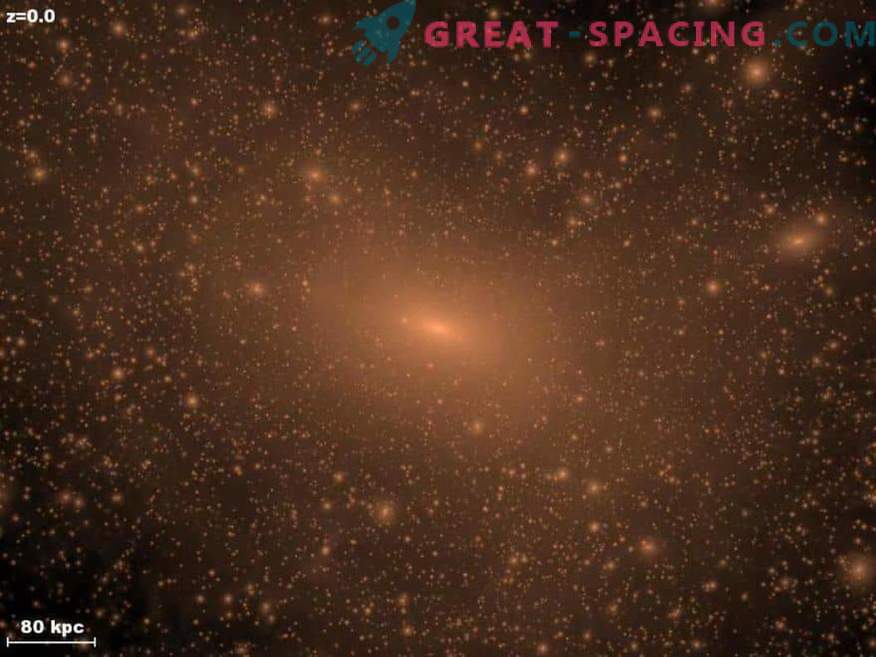
It is believed that all galaxies have a halo of dark matter. This shows the distribution of dark matter around the Milky Way A more accurate estimate of massiveness can be used for various purposes. When modeling galaxies, halos are perceived as a background for stellar components. Mass can also be involved in predicting the number of satellite galaxies around the Milky Way. The figure affects our view of the size and extent of the galaxy itself.
The third data release from Gaia is scheduled for the end of 2020, and the final catalog will be published in the 2020s.
